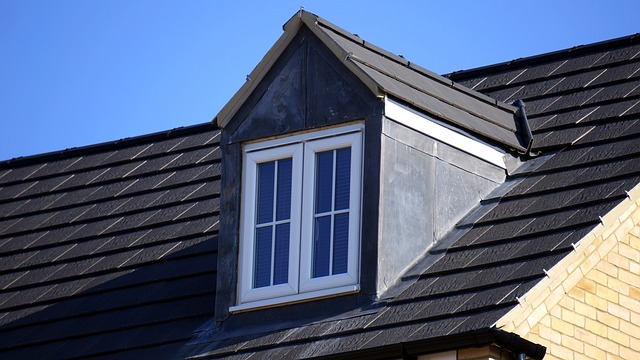Heating Costs Going ‘Through the Roof’? Here’s Why

A few times per year, our staff will be asked questions from customers regarding their propane consumption. Most commonly:
“Am I going through more propane than average?”
“Why am I going through so much propane?”
“Is there something wrong with our system? We are using way too much.”
We understand why customers will pose the question to us, as they are connecting the use of their propane to the company that they buy their propane from, however the answer most often lies within the home itself, as opposed to the propane equipment outside.
As a trusted propane company providing home heating solutions, we understand the importance of conserving energy to enhance both environmental sustainability and cost-efficiency. One of the key aspects of achieving energy conservation in a customer’s home is to identify areas where heat loss commonly occurs. By addressing these vulnerabilities, homeowners can effectively reduce energy wastage and optimize their propane usage for home heating. In this article, we will explore the primary areas of heat loss and provide some of the best ways to conserve energy.
Windows and Doors:
Windows and doors are notorious for allowing heat to escape during colder months. It’s estimated that windows and doors account for 18-25% of heat loss in a home. Customers often wonder why their radiators are installed below the windows. While this may at first seem to be counter-intuitive, this is done for two primary reasons. Windows are usually the coldest area of the room, so by placing the radiator nearest to the coldest area of a room, it assures an even flow of heat throughout the room, eliminating cold spots. The space under the window is seldom used for furniture, so it is often considered a location to minimize the space taken up in the room.
To minimize heat loss in these areas, consider the following:
- Weatherstripping: Ensure that all windows and doors are properly sealed with weatherstripping to prevent drafts and heat leakage.
- Caulking: Regularly inspect and reapply caulking around window and door frames to maintain a tight seal.
- Double or Triple Pane/Glazing: If possible, invest in double or triple-glazed windows for better insulation.
Attic and Roof:
Heat rises, and an inadequately insulated attic or roof can lead to significant energy losses, 25-35% by some estimates. To conserve energy:
- Insulation: Make sure your attic is well-insulated with appropriate materials, such as fiberglass or cellulose insulation.
- Ventilation: Proper attic ventilation is crucial to prevent moisture buildup and maintain consistent indoor temperatures.
Walls:
Insufficient wall insulation can result in substantial heat loss. Here’s what you can do:
Inspection: Check for gaps and cracks in the walls and seal them with appropriate insulation material.
Insulation Upgrade: If your home has old or ineffective insulation, consider upgrading to modern, energy-efficient alternatives.
- Floors: Cold air can seep in through uninsulated floors and crawl spaces, leading to heat loss. To conserve energy:
- Floor Insulation: Insulate floors above unheated areas, such as basements or crawlspaces, to minimize heat transfer.
Heating System:
Efficient operation of your propane heating system is paramount to energy conservation:
- Regular Maintenance: Schedule regular maintenance checks for your heating system to ensure it operates optimally.
- Thermostat Management: Use a programmable thermostat to control indoor temperatures efficiently and avoid unnecessary heating.
- Zoning: If possible, implement a zoning system that allows you to heat specific areas of the house as needed.
Appliances and Lighting:
Appliances and lighting can also contribute to heat loss and energy waste:
Energy-Efficient Appliances: Opt for energy-efficient appliances that produce less waste heat.
LED Lighting: Replace traditional incandescent bulbs with LED lighting, which generates less heat and consumes less energy.
Lifestyle Adjustments:
It sounds funny to say, but small changes in daily habits can make a considerable difference in energy conservation, and be the difference maker as to why one family is using more than a neighbor with the same or similarly-built home:
- Dress Warmly: Wear warm clothing indoors during colder months to reduce the need for excessive heating. The difference in heat consumption from a thermostat set to 66° compared to 72° can be significant.
- Natural Sunlight: Open curtains and blinds during sunny days to let natural sunlight warm up your home.
Apart from a propane leak, the propane tank equipment (and the propane within it) will have no effect on the actual consumption of propane. Customers should take note of this no less, and treat any potential smell of gas seriously, as propane is flammable. Be sure to review the propane safety information that has been provided to you by your propane supplier often.
By identifying and addressing areas of heat loss in your home and implementing energy conservation measures, you can not only reduce your environmental footprint but also save on energy costs. At DiLeo Gas, we are committed to helping our customers learn about energy efficiency and provide reliable propane deliveries for home heating.


